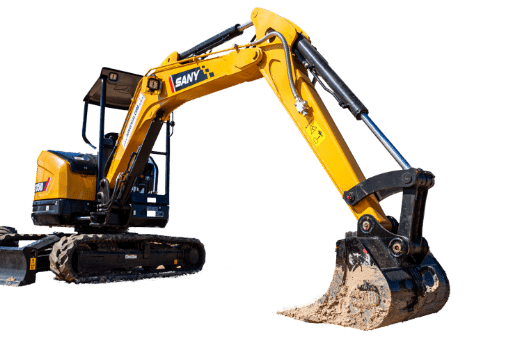In the vast world of construction, “trenching” is a term that often comes up. But what is trenching? This guide will dig into all the hazards, nuts and bolts of trenching, dissecting its definition, purpose, differences from excavating, types, safety measures, and more!
Quick facts about trenching (The TL;DR)
Here’s what to know before you start a trenching project:
- Trenching is the act of digging a narrow, deep cut in the ground. It’s mainly done for installing pipes, cables, drains, or utility lines in construction and landscaping.
- Trenches are different from regular excavations. They are deeper than they are wide and can be straight, sloped, benched, or bell-bottom shaped based on the job.
- Safety risks include cave-ins, falling loads, and hitting underground utilities. Always use protective systems like sloping, shoring, or trench boxes for trenches deeper than 5 feet.
- Regular site inspections, clear access points, and checking for utility lines are key for a safe trenching process. These steps are also required by OSHA rules.
- Renting a trencher is often more cost-effective for occasional work. Buying suits those who trench regularly and can handle maintenance.
This summary covers the key uses, safety steps, and equipment decisions for trenching so you can plan your next project with confidence.
Decoding Trenching
Trenching, a common term in the construction and civil engineering sphere, involves digging a narrow excavation deep in the ground. This is typically done using an earthmoving machine known as a trencher. Distinguished from a ditch or a hole, deep trenches are typically not very wide and 4 feet deep, and they are narrower in relation to their length.
When thinking about “what is trenching a yard,” it’s the same concept but applied to a residential setting. Here, trenching is often used for tasks like laying irrigation systems or installing pipes for home utilities.
Trenching vs. Excavating
While all trenches can be classified as excavations, the reverse isn’t true. An excavation refers to any man-made cavity, trench, or depression formed by removing earth below the ground’s surface. In contrast, a trench is a type of excavation that’s more elongated and narrow compared to its length.
Typically, a trench has a greater depth than its width. An excavation, on the other hand, can take any shape or size, depending on the construction requirement.
The Utility of Trenches
Trenching boasts a broad range of applications in civil engineering and construction projects. It’s extensively used for installing pipelines, drainage systems, electric cables, sewage lines, and telephone wires. At a residential level, trenching is most commonly used for digging irrigation systems or installing connections for water, power, and heating systems.
At a municipal level, trenching is utilized to lay down drainage and sewage systems, as well as power lines spanning the entire city.
Different Types of Trenches
Trenches can take various shapes, depending on their intended use. Factors such as the type of soil, the size of the pipe or conduit to be installed, proximity to existing structures, and the exact location of the trench can influence the trench’s specific shape. Here are some common types of trenches:
Straight
These trenches have sides that are parallel and at right angles to the base.
Sloped
These trenches have angled sides to prevent cave-ins. They are commonly used on new construction sites or for installing large pipes or culverts.
Benched
These trenches have sides that have been cut away from the trench wall to form steps.
Bell-Bottom Pier Hole
These trenches have a top that’s narrower than its bottom, creating a bell shape. They are often used for footing installations that support a structure’s foundation.
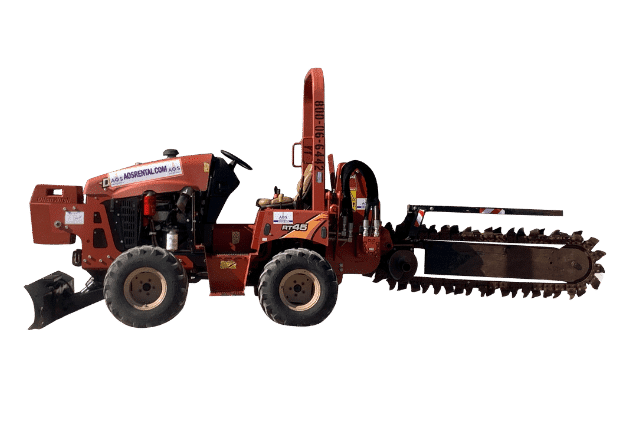
Safety Measures in Trenching
Like any construction task involving heavy machinery, trenching can pose hazards and even be fatal if not performed properly. Potential dangers include cave-ins of trench walls, falling loads, hazardous atmosphere exposure, heavy equipment, and machinery-related accidents, slip and falls, and electrocution.
One of the most prevalent risks in trenching are the trench walls falling. Trench boxes can be used to prevent hazardous construction activities and maintain structural integrity and stability within trenches to avoid this problem. To minimize other hazards related to trenching and ensure excavation safety, it’s imperative to follow OSHA excavation standards.
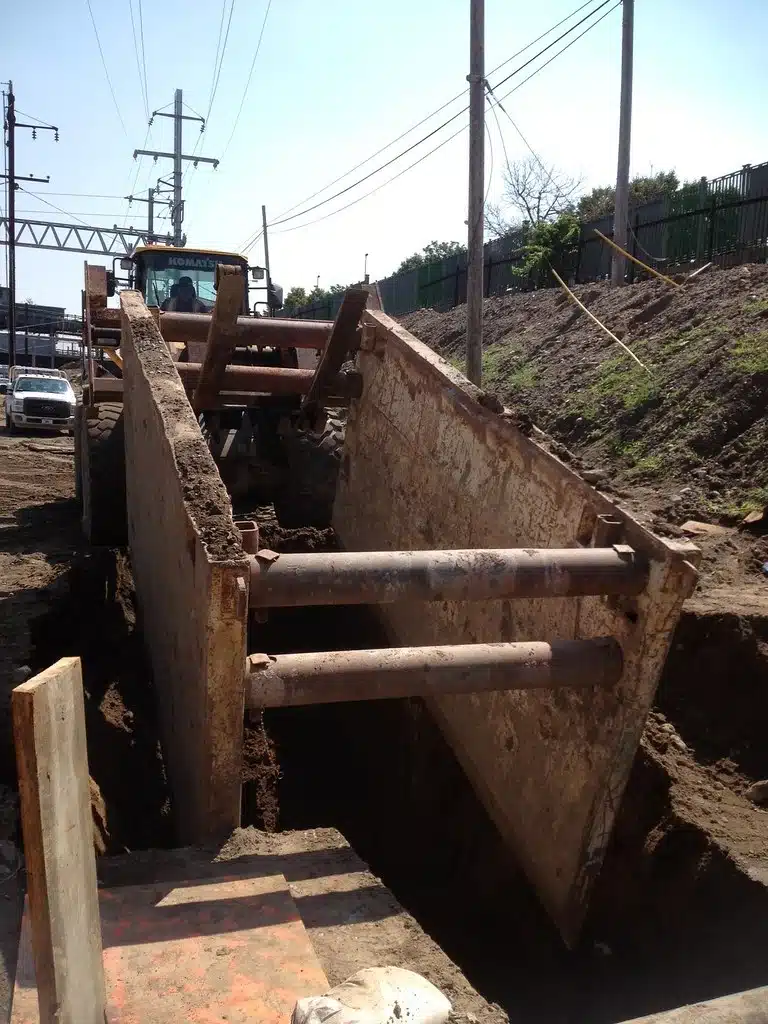
Protective Systems
For trenches deeper than 5+ feet deep, installing a temporary protective structure is mandatory to prevent soil movement and cave-ins. These systems can be any of the following ideas below!
Sloping
The sides of the trench are cut at an incline to create a slope.
Benching
The sides of the trench are cut horizontally in steps or “benches” along the open trenching wall.
Shoring
The walls of the trench are braced with a support system made from timber, hydraulic pistons, or steel.
Shielding
Trench shields or trench boxes are installed to protect workers and nearby buildingsfrom soil weight in case of a cave-in.
The appropriate protective system depends on factors like soil type, water content on-site, climatic conditions, depth of the cut, and proximity to nearby structures.
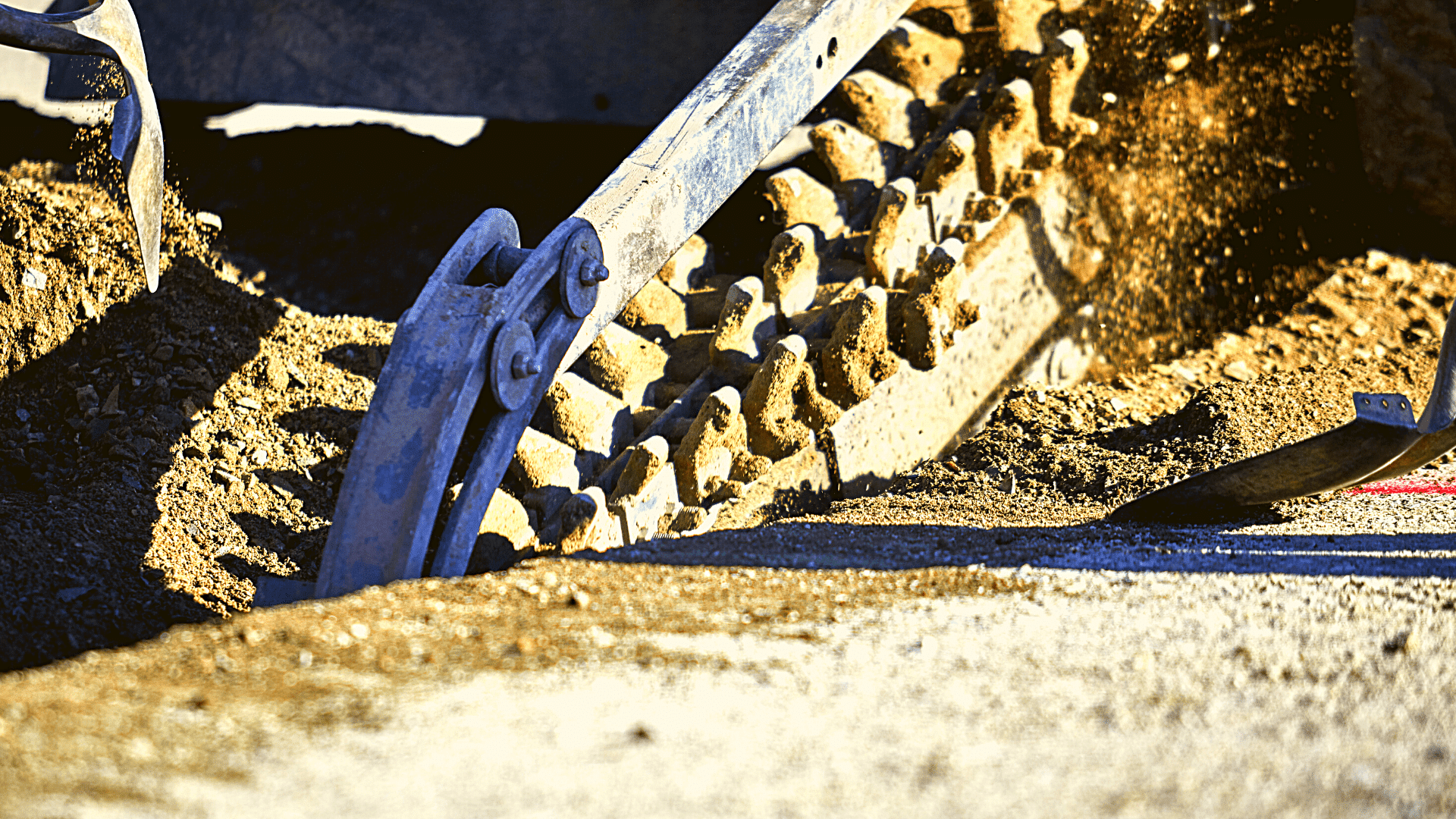
Locating Utility Lines
Before initiating a trenching project, it’s crucial to locate any underground utilities on-site to avoid accidents. Workers who inadvertently hit a gas, water, electrical line, or sewer lines while digging could potentially cause serious injuries or a gas leak.
Regular Site Checks
Routine excavation site inspections are a key part of trench safety. Inspections should be carried out before the start of each workday and as needed throughout the project. If unprotected trench conditions are detected, workers should be removed from the site until proper safety standards are reinstated.
Safe Access and Egress Points
OSHA requires trenches deeper than 4 feet to have safe access and egress points installed, such as ladders or ramps. These materials should be placed no more than 25 feet from workers on the trenching site when work is underway.
To Rent or Buy a Trencher?
The decision to rent or buy a trencher depends largely on how frequently you require it. If trenching is a regular part of your projects, it may make more sense to invest in your own trencher. However, remember to factor in additional costs like maintenance and repairs. If you use a trencher less frequently, renting one as and when required might be more cost-effective.
Regardless of your choice, the best way to determine the appropriate trencher for your project is to consult with a professional who can assess your specific needs.

Wrapping Up
Understanding “what is trenching” can help you make informed decisions about your construction or civil engineering project. Remember, safety should be a top priority, and it’s crucial to follow all guidelines and regulations to ensure a smooth and safe trenching process.
If you’re in need of quality trenching equipment, consider reaching out to AOS Rental. They offer a wide range of construction tools and equipment to help you complete your project efficiently and safely.





